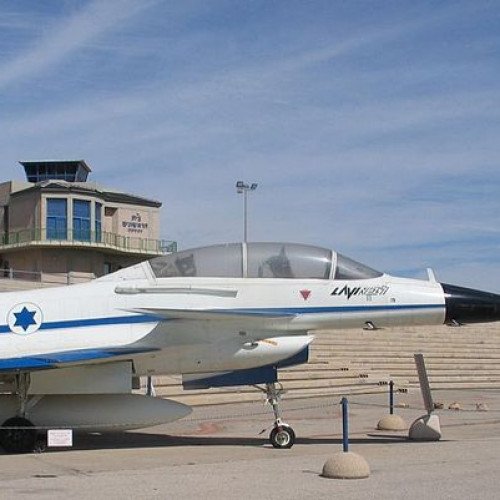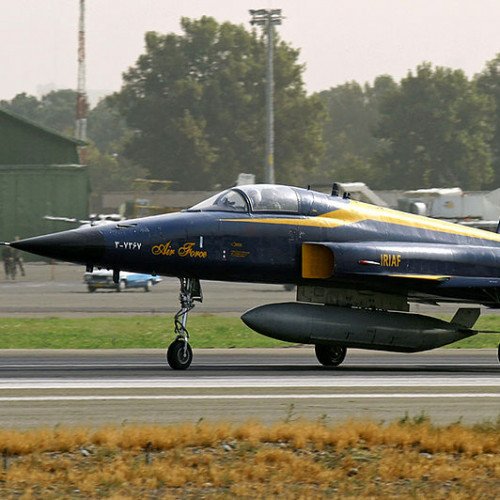IAI Lavi vs HESA Saeqeh

IAI Lavi
The IAI Lavi (Hebrew: לביא, "Young Lion") was a single-engined fourth-generation multirole jet fighter developed in Israel, by Israel Aircraft Industries (IAI), during the 1980s. The decision to develop the Lavi was controversial, both with the Israeli public, due to the enormous associated costs, and particularly with the U.S. government due to competition with American jets on the export market. By 1984 Israel, with a population of 4 million, had the world's highest military expenditure as a proportion of GDP, at 24%, a rate of spending considered unsustainable. These issues contributed to the ultimate cancellation of the aircraft, by the Israeli government, during the flight-test phase of development in August 1987. The Lavi performed successfully in flight-tests, with its flight handling described as "excellent" by test pilots. The Lavi was planned to be the mainstay of the Israeli Air Force, and considerable export sales for the aircraft had been forecast. The uniqueness of its design was in the combination of a small, aerodynamic, highly maneuverable plane, with sophisticated, software-rich systems, low armed drag, and the ability to carry a large payload at high speed and over long distances. As of 2012, two of the prototypes have been preserved, and have been placed on public display. The Israeli cabinet's late-stage cancellation of the program, by a 12–11 vote, continued to arouse controversy and bitterness in Israel for decades, with Moshe Arens stating in 2013 that if the project had not been cancelled the IAF "would be operating the world's most advanced fighter, upgraded over the years to incorporate operational experience and newer technology."
Statistics for this Xoptio

HESA Saeqeh
The HESA Saeqeh (Persian: صاعقه, "thunderbolt"), alternatively spelt Sa'eqeh; Saegheh, or Saeqeh-80, is an Iranian built single-seat jet fighter, derived from the American Northrop F-5. A joint product of the Islamic Republic of Iran Air Force and the Iranian Ministry of Defence, it is the second generation of the Iranian Azarakhsh fighter. Saeqeh aircraft were tested successfully in Iran 20 September 2007.